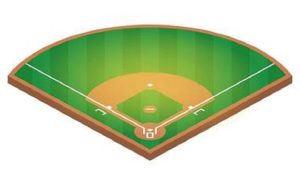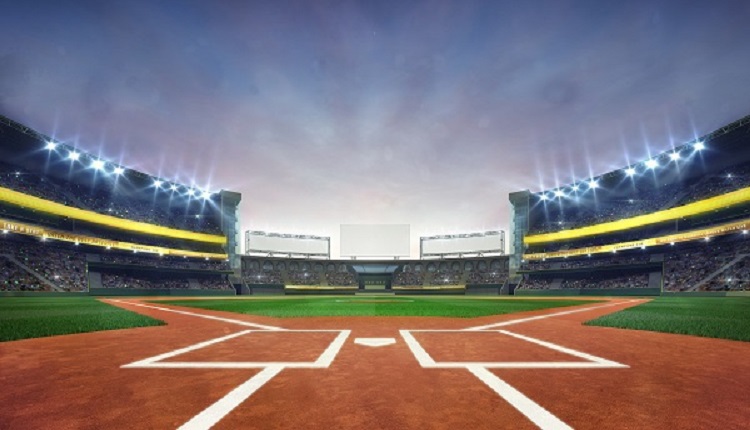Baseball, America’s pastime, is more than just a game—it’s an experience that begins with the right field. Whether you’re a league organizer, a coach, or a player looking for the perfect place to play, the choice of a baseball field can significantly impact the quality of the game and the enjoyment of players and spectators alike. In this article, we’ll explore ten essential tips for choosing the right baseball field, ensuring every pitch, hit, and run is as good as it can be.
1. Assess Baseball Field Dimensions and Layout
The dimensions of a baseball field can vary, so it’s crucial to choose a field that aligns with the age and skill level of the players. For younger players, smaller fields are preferable, while older and more skilled players will need a field with professional dimensions. Ensure that the layout, including the infield and outfield, meets the specific requirements of your league or level of play.
2. Evaluate Surface Quality
The playing surface, whether it’s natural grass or synthetic turf, plays a significant role in the game. A well-maintained grass field can provide a traditional and enjoyable playing experience, but it requires more upkeep. Synthetic turf, on the other hand, offers durability and consistent playing conditions, though it changes the dynamics of how the ball moves and bounces.
3. Check for Proper Maintenance
Regular maintenance is vital for any baseball field. This includes mowing the grass, raking the infield dirt, and ensuring that bases and pitching mounds are in good condition. A poorly maintained field can lead to uneven playing surfaces, which can affect the quality of play and increase the risk of injuries.
4. Consider Location and Accessibility
The field’s location should be convenient for players, coaches, and spectators. Consider factors like parking availability, proximity to public transportation, and ease of access. The field should ideally be in a safe, well-lit area, particularly if games are played in the evening.
5. Evaluate Safety Features
Player safety is paramount. Check that the field has adequate padding on fences and walls, especially in the outfield. Ensure that dugouts are well-constructed and that the field is free from hazards like holes or exposed equipment.
6. Inspect Lighting for Evening Games
If you plan to host evening games, good lighting is essential. Proper illumination not only enhances the playing experience but also ensures safety for players and visibility for spectators. Check the quality and distribution of lights around the field.
7. Assess Spectator Accommodations
The comfort of spectators is also an important consideration. Look for fields with ample seating, clean restrooms, and concession stands. Adequate shade and shelter are also important, especially in areas with unpredictable weather.

8. Look for Quality Training Facilities
If your team intends to use the field for practice as well as games, consider the availability and quality of training facilities. Batting cages, pitching areas, and fielding practice zones are valuable additions that can enhance a team’s preparation and performance.
9. Consider Cost and Availability
Budget constraints and scheduling availability can influence your choice of a baseball field. Some fields may offer more competitive rental rates or flexible scheduling options. Be sure to understand any associated costs and availability to avoid scheduling conflicts.
10. Seek Feedback from Players and Coaches
Finally, getting input from those who will use the field the most—players and coaches—is invaluable. Their experiences and preferences can provide insights into the most suitable options and any potential issues with certain fields.
Conclusion
Choosing the right baseball field is a crucial decision that can significantly affect the enjoyment and success of the game. By considering factors such as field dimensions, surface quality, maintenance, location, safety, lighting, spectator accommodations, training facilities, cost, and feedback from players and coaches, you can select a field that meets the needs of all involved. A great baseball field not only enhances the performance of the players but also enriches the overall experience, making every game a memorable event.






